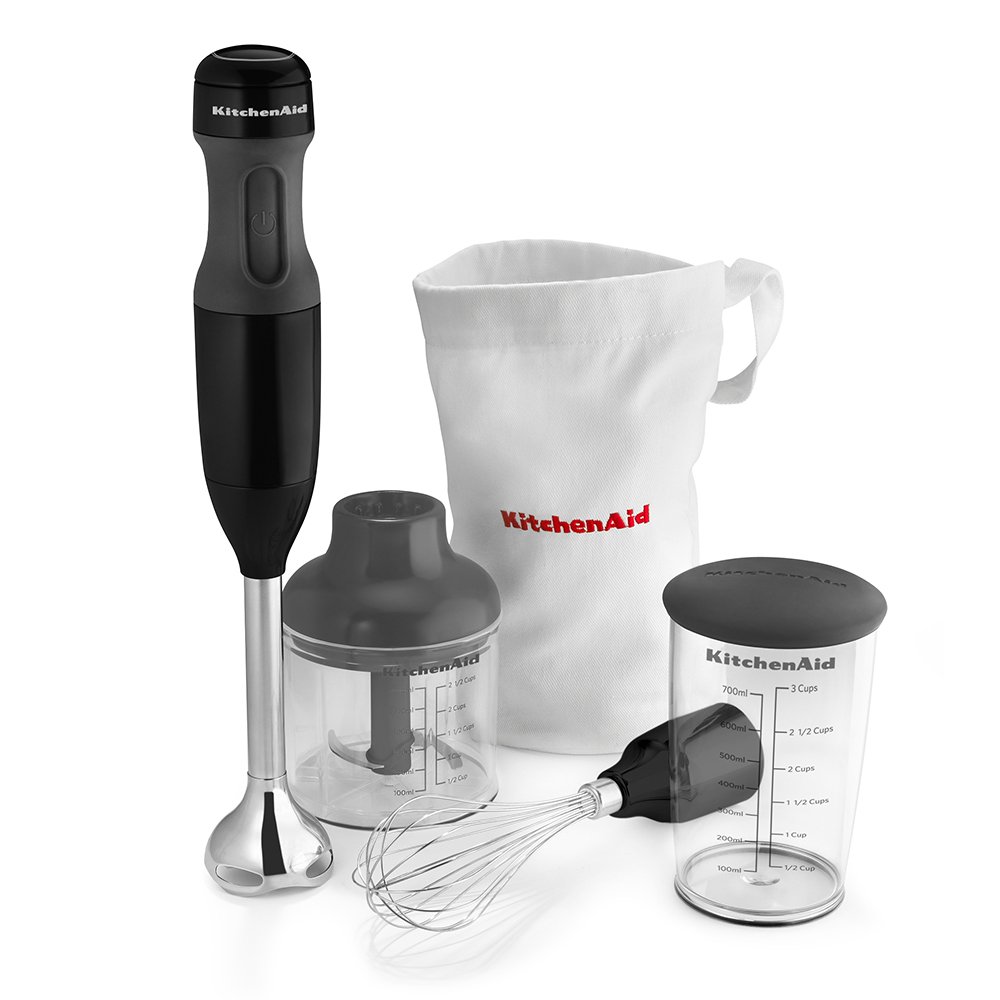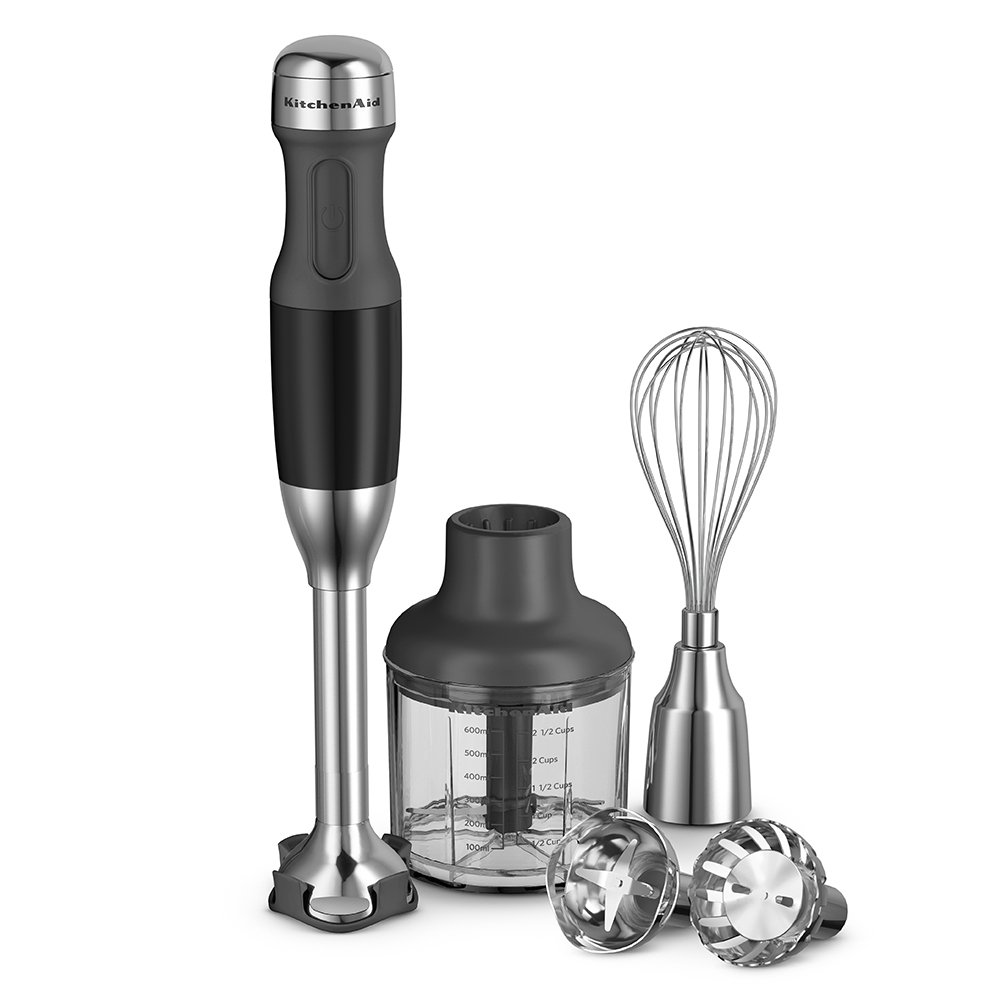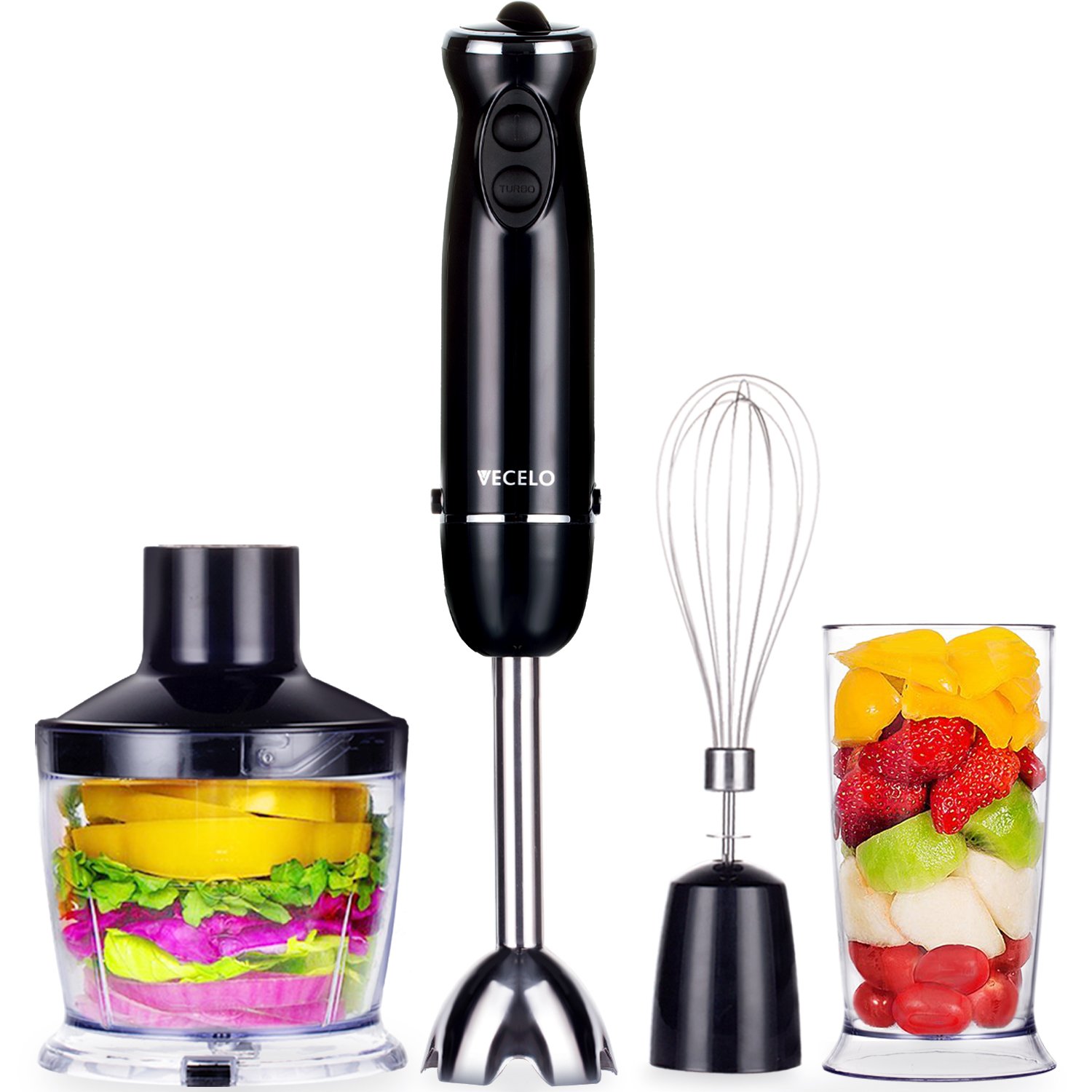
Introduction to Kitchen Gadgets
In your quest for a well-equipped kitchen, choosing the right gadgets is crucial. We often wonder, can you use a food processor as a blender? While they share similarities, each serves unique purposes. In this guide, we delve into the specifics of food processors, blenders, and their variations. This ensures you make informed decisions tailored to your culinary needs. Knowing when to deploy each gadget can elevate your kitchen efficiency and enhance your cooking experience.

Food Processor: The Ultimate Chopping Companion
The food processor is a must-have for many home cooks. Its swift chopping action cuts down prep time significantly, making it a favorite for those who value efficiency in the kitchen.
Benefits of Owning a Food Processor
A food processor is ideal for quick, repetitive tasks like chopping, slicing, and shredding. It can tackle everything from vegetables to cheese, saving you valuable time. When making condiments like pesto or spreads like hummus, a food processor ensures a consistent, well-blended mixture. It also handles tough doughs with ease, which is perfect for homemade bread or pizza.
Potential Drawbacks and Considerations
However, food processors have their limitations. They can’t achieve the smooth texture that blenders do for liquids. Their size means a heavier appliance to move and store, and cleaning can sometimes be a chore with multiple parts to wash. If you rarely do bulk cooking or prefer hand-prepped ingredients, a food processor may get less use in your kitchen.
When to Choose a Mini Food Processor
As you consider various kitchen gadgets, a mini food processor may catch your eye. But when is it the right choice?
Advantages for Small Quantity Prep
A mini food processor excels when you’re handling small amounts of ingredients. If you regularly cook for just one or two, it’s perfect. It’s also ideal for making quick sauces like pesto. Its compact size makes it easy to store, which is great for small kitchens. Additionally, it’s easier to clean with fewer parts than its larger counterpart. This gadget can be a real time-saver and reduce the hassle in the kitchen.
Downsides of a Mini Food Processor
However, there are a few downsides to consider. Its smaller capacity limits the amount you can process at one time. It may not be as powerful as full-size models, which means it might struggle with tougher tasks. Also, if you often cook in larger quantities, you’ll have to process in batches. This could end up taking more time than using a larger food processor. Lastly, it might not offer the versatility you need for a wider range of recipes. Assess your cooking habits to decide if these trade-offs are worthwhile.
 Immersion Blender: The Convenient Pureeing Tool
Immersion Blender: The Convenient Pureeing Tool
An immersion blender is a handy tool for pureeing soups and sauces directly in the pot. It’s easy to use and clean, making it ideal for quick kitchen tasks. Below, we’ll explore the diverse uses of immersion blenders as well as highlight their limitations.
Uses and Versatility of Immersion Blenders
Immersion blenders excel at pureeing hot soups and sauces without transferring them to another container. They are simple to operate; just submerge the blade end into your pot and blend. Aside from soups and sauces, immersion blenders can make small-batch smoothies and baby food. They are also good for whipping cream or making mayonnaise. The compact design of immersion blenders makes them easy to store in a drawer.
Limitations of an Immersion Blender
Though versatile, immersion blenders have some drawbacks. They aren’t the best for dry ingredients or dough. They also can’t match the silky smooth results of high-powered full-size blenders for certain tasks, such as making nut butters. Immersion blenders can struggle with large chunks or very thick mixtures. And while they are easier to clean than full-size models, they can still be a bit messy, especially when blending splatter-prone liquids.
Full-Size Blender: Your Smoothie and Liquid Expert
From pureed soups to frothy smoothies, a full-size blender is a kitchen star. Its power and precision can’t be matched by food processors or immersion blenders when it comes to smooth textures. A high-quality full-size blender, like the Vitamix 5200, transforms ingredients into velvety delights.
Why a Full-Size Blender is Essential for Smooth Textures
In the quest for silky-smooth textures, only a full-size blender truly delivers. It has a powerful motor and sharp blades that can liquefy fruits, vegetables, and even nuts with ease. The design of the blender plays a big role as well. A tapered jar helps direct ingredients toward the blades for consistent results. This level of smoothness is vital for creamy soups, nut butters, and professional-grade smoothies.
Situations Where a Countertop Blender Shines
A countertop blender proves its worth for more than just smoothie enthusiasts. It tackles big batches in one go, saving time for large families or gatherings. This appliance is perfect for creating thick textures, like a spoonable smoothie bowl full of your favorite fruits and toppings. When summer rolled around, a countertop blender is great for cold soups and frozen cocktails. It can crush ice with ease, a task too tough for most personal blenders. Lastly, for cooks who love homemade sauces and dressings, the countertop version delivers a much finer consistency than what you’d get from smaller gadgets.
Personal Blender: The On-the-Go Smoothie Solution
A personal blender is compact and quick. It’s made for busy lives and smoothie lovers on the move.
How a Personal Blender Fits into Your Lifestyle
A personal blender is perfect when time is short. It’s easy to use and carry. You can blend straight in the cup and take it with you. This gadget suits small kitchens or people with limited space. It’s great for single servings, and cleaning is a breeze. Just rinse and go. For those who enjoy a fresh smoothie every day, it’s a game-changer.
Understanding the Compromises with Personal Blenders
Personal blenders have smaller motors. They may not crush ice or blend tough items, like full-size blenders. The texture of your smoothie might be less smooth. You’ll blend in small batches, which can be a limit. But they are more affordable than larger blenders. The convenience might outweigh these trade-offs, depending on your needs.
 Conclusion: Making the Right Choice for Your Kitchen
Conclusion: Making the Right Choice for Your Kitchen
As we wrap up this exploration of kitchen gadgets, it’s clear that choosing between a food processor and a blender is not about finding a one-size-fits-all solution. Each appliance excels in different tasks and may suit diverse cooking styles and needs.
The Verdict on Food Processors vs. Blenders
For those who value rapid chopping, slicing, and dough making, a food processor is a prime pick. It’s made for sizable batches and heavier foods. Yet, its less-than-smooth pureeing of liquids may steer some towards blenders.
A full-size blender delivers the silkiest textures for smoothies, soups, and frozen drinks. It’s unparalleled when dealing with liquids or crushing ice. In contrast, personal blenders cater to quick, on-the-go preparations, particularly liquid-based recipes.
Mini food processors and immersion blenders are best for smaller tasks. They take less space and ease the routine of daily cooking, especially for singles or small families. Cleaning is simpler, but their capacity and power may be limited.
Assessing Your Cooking Habits
Think about what you cook the most to guide your decision. Do you often host large gatherings? Opt for a food processor or a countertop blender. If you’re looking to save time on quick meals for one or two, consider a mini food processor or a personal blender. For soup enthusiasts who crave easy pureeing right in the pot, an immersion blender is the answer.
Balancing Your Needs and Budget
Cost is also a consideration. High-end blenders like the Vitamix deliver power and performance but come with a higher price tag. Decide how much you’re willing to invest based on how often you’ll use the gadget.
In conclusion, it’s not just about whether you can use a food processor as a blender. It’s about selecting the right tool that aligns with your cooking habits, space, and budget. By thoughtfully weighing each gadget’s strengths and limitations, you can equip your kitchen with appliances that not only make cooking enjoyable but also elevate your culinary creations.